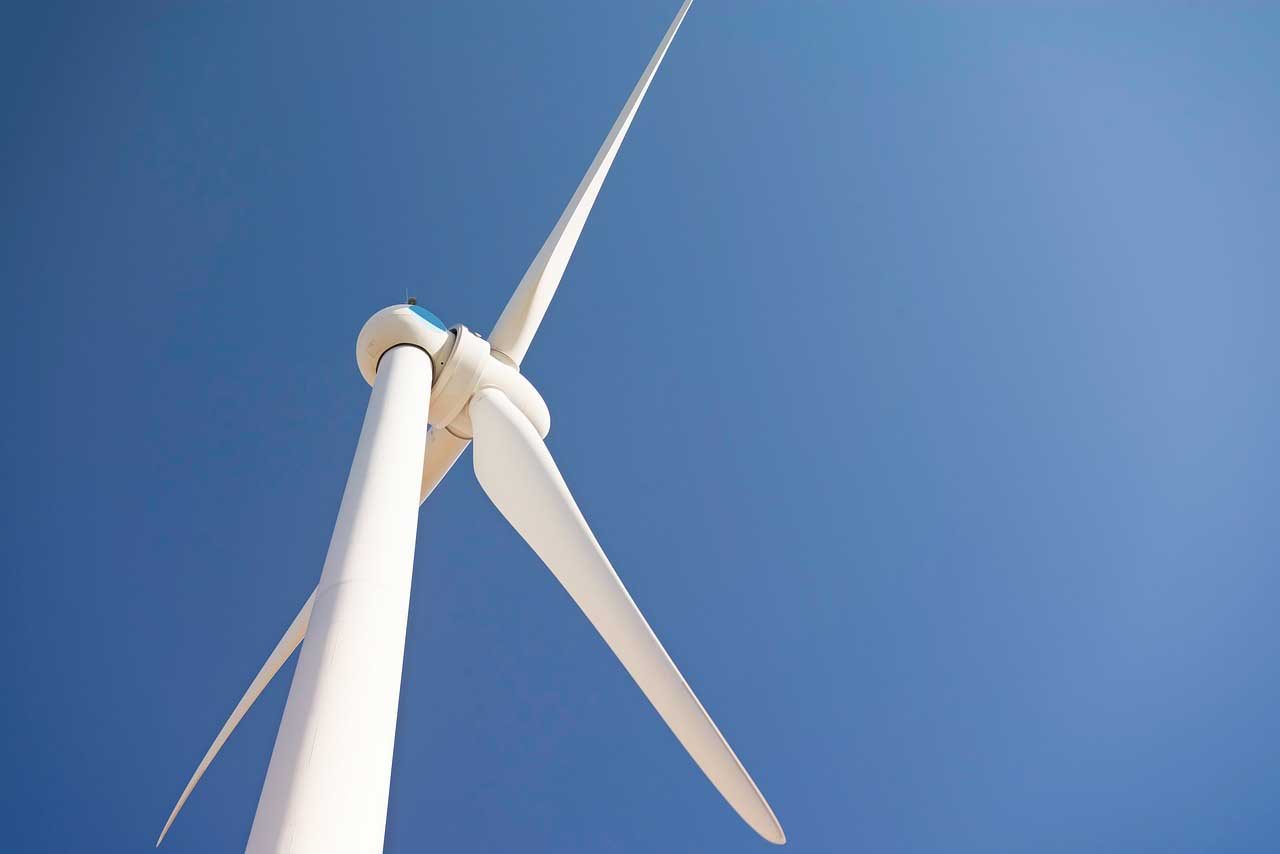Confederated Tribes Call for Environmental Analysis of Wind Farm Impacts on Marine Life

The Confederated Tribes of Coos, Lower Umpqua, and Siuslaw Indians are suing the federal government to stop Oregon’s first offshore wind auction.
They want a full environmental analysis of how floating wind farms will impact marine life and local West Coast fisheries.
The Confederated Tribes consider the Gregory Point headland that juts into the Pacific Ocean south of Coos Bay sacred. The area was officially returned to coastal tribes 10 years ago. The site is home to remembrances for the dead, prayers for ancestors, and first salmon celebrations – traditions that the Confederated tribes are working hard to preserve.
Offshore Wind Auction Canceled Due to Lack of Interest
An offshore wind auction scheduled for October 15 has been canceled by the U.S. Bureau of Ocean Energy Management following a terse letter from Oregon Governor Tina Kotek urging the bureau to terminate the lease sale. Kotek cited tribal opposition and the lawsuit as the reasons for delaying offshore wind farms in the state.
State officials recently discovered four of the five companies eligible to participate in the auction had withdrawn. Only one company remained – an Oregon-based solar developer – and the decision was made to cancel the auction due to insufficient interest.
Tribal leaders fear that wind farms with turbines anchored on large floating platforms will cause fundamental harm to their spiritual and cultural legacy. Wind towers will be visible from Gregory Point on fogless days while flashing lights on turbine blades will be visible at night.
The Confederate Tribal standpoint is supported by coastal communities and the fishing industry. While they recognize the need for climate change solutions, they caution that projects must not harm the environment, or tribal sites and rights.
Over the last century, Oregon’s coastal tribes have suffered land loss, and poor land management and development decisions.
Oregon Has 195,012 Acres Dedicated to Floating Wind Farms
Two years ago, a report by the Oregon Department of Energy stated that offshore wind is an ‘immense resource’ that could be critical in achieving clean energy goals set by the state. Oregon has designated 195,012 acres of floating wind farms off Coos Bay and Brookings – both areas within tribal coastal ancestral grounds.
Protagonists for wind farm projects point out the advantages of new job creation and manufacturing opportunities that will economically stimulate depressed areas along the coast. Another argument is that green energy is desperately needed to provide clean electricity.
The federal government hopes to produce 30 gigawatts of offshore wind power by 2030, enough energy to service 10 million homes. In Oregon, the goal was set to provide 3 gigawatts of floating offshore wind by 2030, sufficient to power one million homes every year.
Initially, the tribes did not oppose offshore floating wind farms on the condition that they did not impact marine life and cultural sites. Tribal leaders urged the federal government to study environmental impacts before embarking on leasing activities. They also requested that sacred sites, cultural, and fishing areas be excluded from development.
Their requests were based on lessons learned when projects were implemented without tribal input – the decimation of salmon runs after the construction of hydroelectric dams in the Columbia River, the planting of European beachgrass near Florence that engulfed 80% of the dunes and destroyed animals, habitat, and indigenous plant life.
Tribes Want to Safeguard Gregory Point
Gregory Point is a site that the Confederated Tribes want to safeguard. Once known as Baldich, or ‘the place by the ocean,’ the areas provided fishing grounds to the local Coos people, who gathered berries, roots, and clams. Together with the Lower Umpqua and Siuslaw tribes, the Coos have lived in the area for millennia.
The Europeans arrived, and with them so did disease decimating the Indian populations who were then expelled from the area by the government to free 1.4 million acres for a white settlement. Many tribal leaders, died of illness, abuse, or starvation.
Compensation for the land was never given to the three tribes. Their homes were razed, and their lands developed, logged, and diked, while fish, shellfish and animals, crucial to their diet, became increasingly scarce.
Like many other tribes in Oregon, the Tribal Confederation remained unrecognized until the 1980s when federal status was regained, but without the land taken all those years earlier. Six years ago, the federal government placed 14,708 acres in trust for the three tribes which currently have 1,346 enrolled members.
Today, scientists have begun to realize the enormity of coastal development impacts finding that 80% of the state’s historical tidal and forested wetlands have disappeared over the last 150 years, established by a recent study at Oregon State University.
